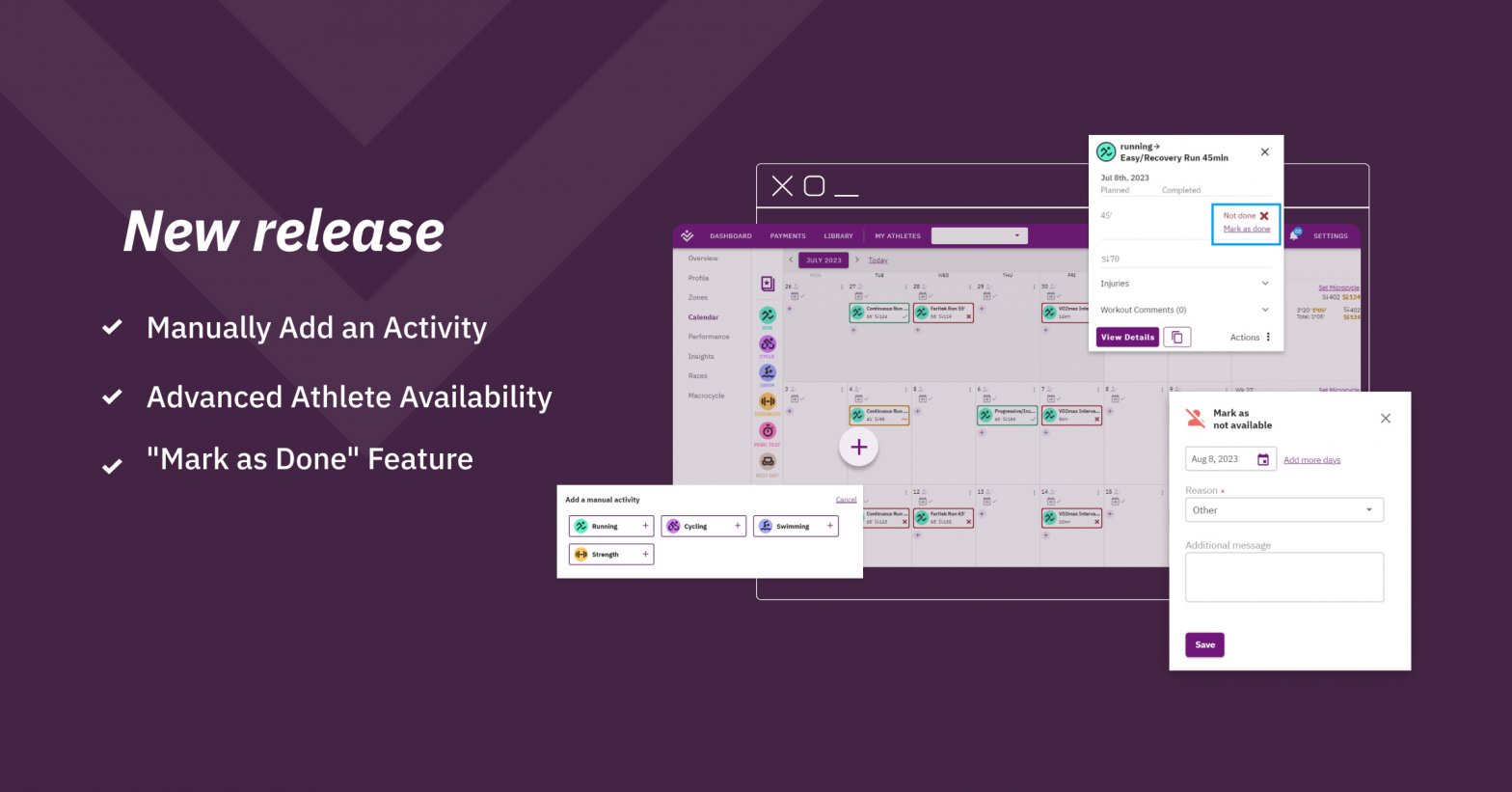High-Intensity Interval Training (HIIT) was first described by the Olympic champion runner Emil Zatopek. It gained popularity in the ’50s. The main aspect of training that HIIT invests the most in, is to allow athletes to train for a prolonged duration of time. And, at intensities ranging from 80% to 140% (of VO2max). This type of intensity is impossible to reach using the continuous training method.
The game-changing nature of High-Intensity Interval Training
This feature alone made High-Intensity Interval Training a game-changer. Especially, when used to define the training routine of elite and well-trained athletes. Thus, helping them find a way to significantly improve critical parameters of aerobic performance.
Parameters in HIIT
HIIT involves short bouts of exercise at very high intensity, interspersed with passive or active recovery between repetitions. Without a doubt, the key value of this method is that the oxygen transport and consumption system gets stressed at its highest limit. This promotes hyper-effective improvements — even for elite athletes — with reduced training duration.
Designing training programs using the High-Intensity Interval Training method, the parameters described below are required to be determined:
- Bout Intensity
- Rest Intensity (if it is active, not required if it is passive)
- Bout Duration
- Rest Duration
- Number of bouts
The cardiovascular function and High-Intensity Interval Training
The effectiveness of High-Intensity Interval Training in cardiovascular adaptations, is mainly determined by the total exercise time that a trainee maintains, at high percentages of VO2max; and by the total oxygen consumption.
The higher these values, the greater the stress on the oxygen transmission and consumption systems; and, possibly, the better the long-term aerobic adaptations. Importantly, each of the aforementioned characteristics in designing an interval training session can affected by:
- the total exercise time that a trainee maintains at high percentages of VO2max
- the total oxygen consumption
And these factors can, consequently, play a significant role in the effectiveness of a training session.
The effects of bout intensity and duration on training
Scientific literature includes plenty of research examining the effects of different intensities in cardiovascular function during training. (e.g. Billat et al, 1998, Thevenet et al, 2008, Zafeiridis et al, 2010)
Subsequently, according to said research, it seems that the optimal range of intensity towards effectiveness in a HIIT session lies within the range of 90-100% of the maximal aerobic speed (MAS). The most possible reason why this occurs is because, at intensities >100% of MAS, trainees in the test sample used a shorter bout duration, reaching their exhaustion limit sooner. It should be noted, the combination described may affect total exercise time at high percentages of VO2max. And, as a result, intensities >100% of MAS seem to be less effective.
Conversely, concerning the optimal bout duration and taking into consideration that duration is highly related to intensity, it seems that 1-4min bouts are the most effective. That’s because they allow the trainee to use the optimal intensity (90-100% of MAS); thus, reaching and maintaining a higher rate of VO2 consumption.
Type and duration of Rest
Undoubtedly, one of the main characteristics of High-Intensity Interval Training is the rest periods between repetitions. Most importantly, researchers have paid close attention to this element. The main question to be answered was either to use active (low-intensity exercise between bouts) or passive (doing nothing between bouts) recovery.
In the majority of scientific manuscripts, it seems that active recovery is superior to passive recovery. And that’s because it allows trainees to both:
- remove or utilize lactate acid, H+, etc.
- maintain heart rate and VO2 values at the desired levels, where they can adapt the requirements needed faster, for when the next bout is about to start.
Concerning the duration of rest periods, it seems that rest duration >2min does not offer further advantages to HIIT effectiveness (Smilios – Myrkos 2018)
Key takeaways
Interval training was shaped and mainly used to improve aerobic capacity for already trained athletes. That is because the use of rest periods between rows allows the trainee to train at intensities up to 140% of MAS. Differing from HIIT, that’s something that would be impossible to do using the continuous training method.
However, in order for a HIIT session to yield the desired results, all those elements (intensity and duration of stimulus, and rest periods) that may affect the results of a training program, must be carefully selected; in such a way, as to bring the maximum load on the cardiovascular and oxygen transport systems. Thus, achieving the best possible long-term aerobic adaptations.
Furthermore, regarding the intensity of the stimulus, it seems that the most ideal intensities to achieve more training time, performing the exercise with oxygen consumption at the highest possible percentages of VO2max, are close to 100% of MAS.
Another important parameter is the duration of each row; and, consequently, the total duration of the exercise. It should be noted that taking literature into account, we cannot say with certainty what the exact time that will bring the best adjustments is. But, it seems it should be more than 30sec or, more appropriately, between 1-4min.
Finally, about the type and duration of recovery, active recovery may be preferred over passive. That’s mainly for getting VO2 and heart rate at levels that enable the athlete to easily adapt their requirements for the next bout.
NOTE
High-Intensity Interval Training is just a method of aerobic training; not a panacea for all endurance training ills. Just because HIIT is a trend, it doesn’t mean that it fits all levels of stamina; or all types of athletes. Not even all periods of training. However, if you wish to learn more, we’ve put together some very helpful blog posts about the adaptations of HIIT; and its comparison with other aerobic training methods.


